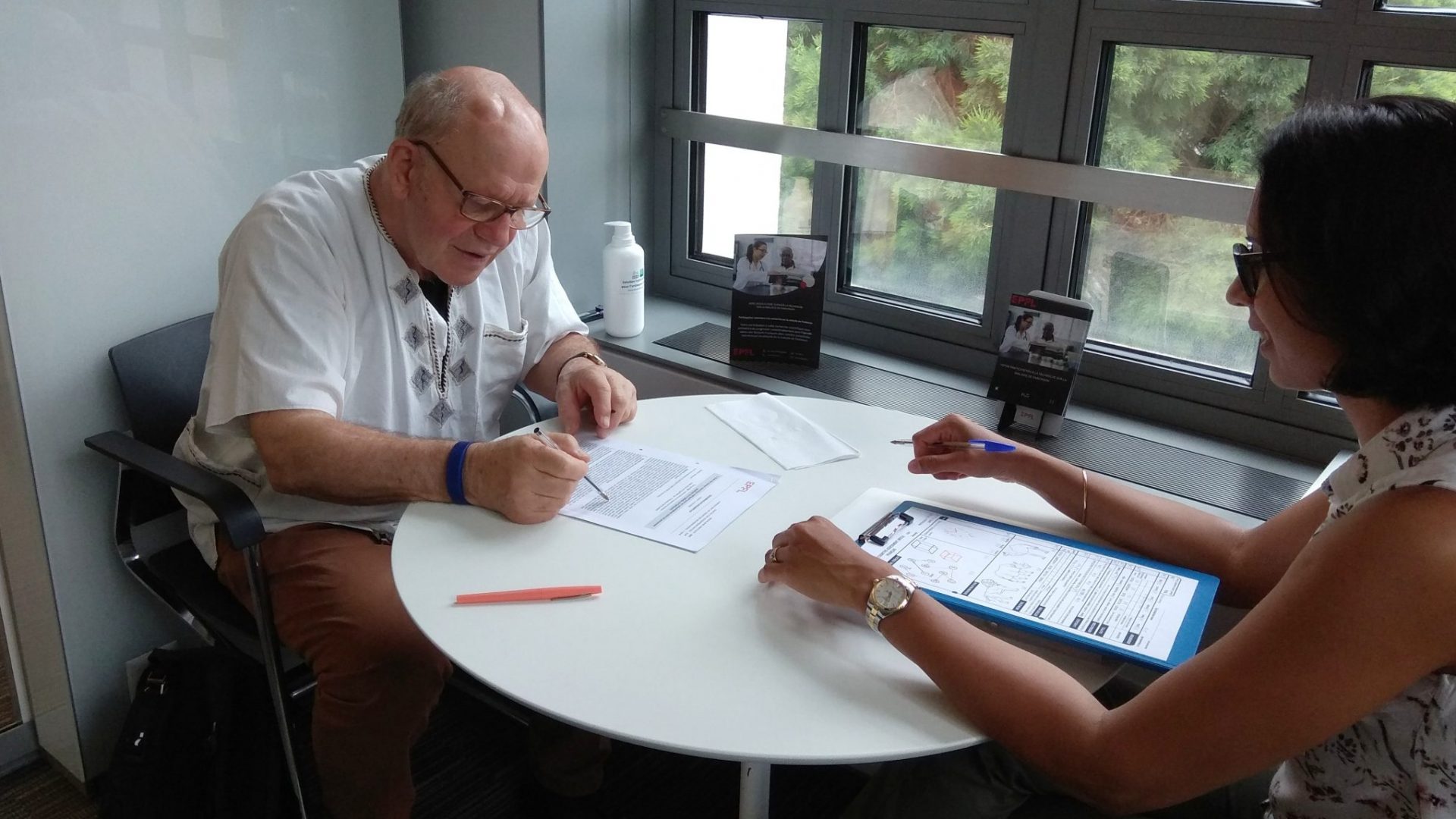Hallucinations in Parkinson’s disease

(C) EPFL LNCO
In Parkinson’s disease, the way the brain processes sensory signals (visual, auditory, tactile, olfactory, etc.) can be affected, even at a very early stage and before motor symptoms appear. When these signals are no longer processed correctly, it can lead to perceptual abnormalities, such as illusions (e.g., seeing shadows that pass quickly over the sides) or hallucinations (e.g., seeing things that are not actually there).
Our research is about these abnormal perceptions that people with Parkinson’s disease may have. We study the frequency and the severity of these symptoms, their variations from person to person, as well as the brain regions that are involved.
More information on:

What is the aim of our research? What methods are used? Who can participate? Find answers to why and how we conduct research on hallucinations in Parkinson’s disease.

Find more information on how to participate in our research on Hallucinations in Parkinson’s disease
